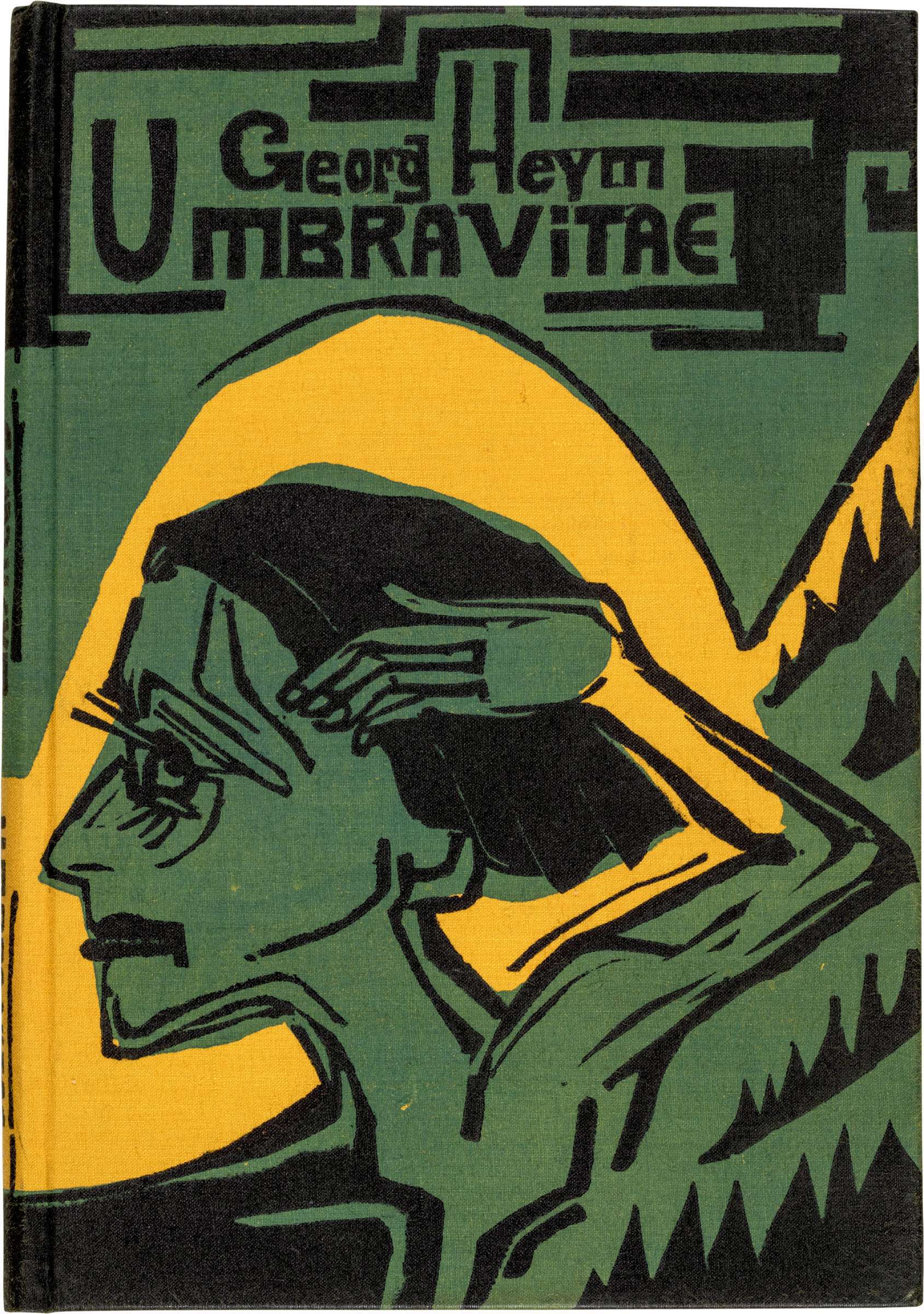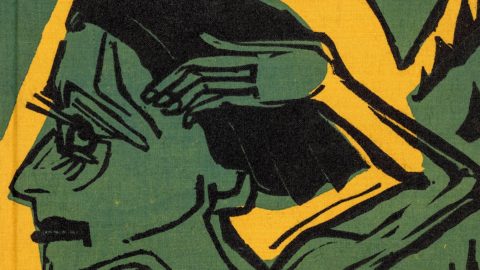The choice of works fell on woodcuts and therefore more widely on graphics, which develop the theme of the iconography of the masks (in Latin, persona) Africans who have been an inspiration for European artists of the Primitivism vein.
From the last decades of the nineteenth century, with the increase in anthropological studies, primitivism coincided with a desire to return to the state of innocence of prehistoric civilizations and 'savage' peoples, and therefore as a rejection of modern society.
After the tributes to Jim Dine (2009), to Adolfo De Carolis (2011), to Mimmo Paladino (2013) to Emilio Isgrò (2015) and to Georg Baselitz (2017), it will be these four artists who will once again render the bond that binds the woodcut in Carpi, which gave birth to Ugo da Carpi, inventor of the chiaroscuro woodcut technique of which he was one of the most important exponents.
The exhibition path sees 47 woodcuts of small format of Ernst Ludwig Kirchner (1880-1938), contained in the book of poems Umbria vitae written by Georg Haym, visionary author, who died at the age of 25, prophet of the catastrophe of a world overwhelmed by technique and forerunner of the most exasperated expressionism.

The volume contains the engravings of the more mature and disconsolate Kirchner; this can be understood from the small black scenes that precede the poems, from the black and red frontispiece, from the bright fuchsia endpapers, from the powerful cover in olive green, yellow and black linen with two large heads that stand out against the profile of the mountains. The elongated heads, traced with thick and decisive signs, the marked eyes, the devastated mouths formally and psychologically refer to the ritual masks and the magic they release.
The show continues with Le chef d'oeuvre inconnu by Honoré de Balzac, considered the most beautiful artist's book Pablo Picasso (1881-1973), released in Paris in 1931 in 340 copies for the editions of Ambroise Vollard.
The volume contains 67 drawings engraved on wood, small heads and figures traced with essentiality, a formal attention that leads to the core of the representation of the human as a form and as a substance. It is here that Picasso refers to his profound knowledge of African art which already from the very first years of the twentieth century permeates his entire artistic production.
The 105 woodcuts Georges rouault (1871-1958) drawn from Reincarnations of Père Ubu (1932), are clear, delicate and powerful at the same time, following the artist's sometimes thin and sometimes thicker mark. What is striking about these engravings is the characterization of the characters, with which Rouault emphasizes the expressions to make them resemble grotesque and tragic caricatures, which aroused the admiration of the Expressionists. Indeed, if in his first production the painter dedicated himself to the representation of a varied humanity – clowns, criminals, pierrots and prostitutes – seen as witnesses of a defeated and humiliated humanity, in this work one perceives the spiritualism which characterizes the existentialism of the philosopher Jacques Maritain (spiritual adviser to Rouault), who soon pushed the painter to become one of the greatest authors of sacred art of the twentieth century. And so while he records for the Pere Ubu, worked tirelessly for years on the 58 aquatints of the Wretched (1948), of which 6 sheets are exhibited, which surpasses all the graphic cycles that the history of engraving includes in terms of quantity and format.
The exhibition closes with the etchings that Marc Chagall (1887-1985) made to illustrate The dead souls by Nicolas Gogol. In bringing out the Russia of his childhood, the characters of the "human comedy", grotesque, comical and painful at the same time, are the true protagonists of the story, whose faces with strong features and expressions, which refer to the deepest essence of 'human being.
The exhibition is accompanied by a catalog (Moggio Editore, Rome).





